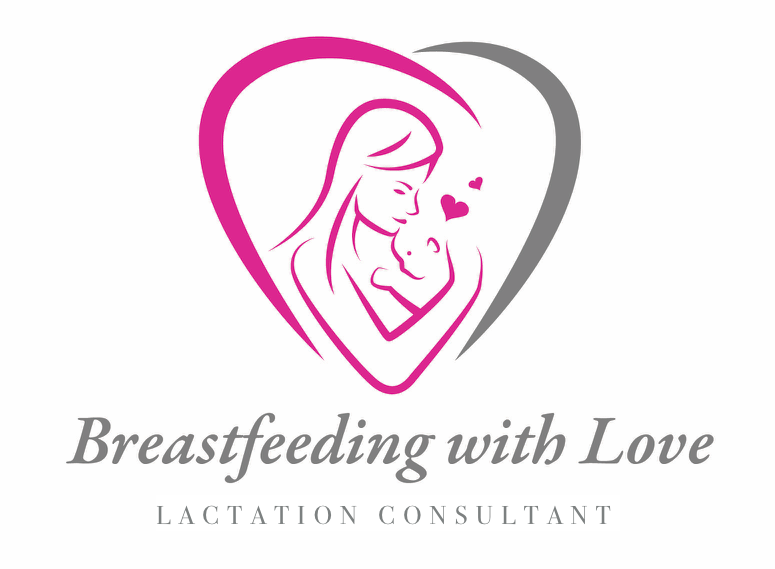Breastfeeding and Switching To Cow's Milk
Breastfeeding is the best thing a mother can do for her baby. It is a complete food for the first six months of a baby's life. In fact, The World Health Organization recommends exclusively breastfeeding for the first six months of life. From 6-12 months, additional foods can be supplemented. However, the need for iron increases at 6-9 months, so food rich in iron is important at this time. Therefore, foods such as fruits, vegetables, carbohydrates, and proteins etc..., should be introduced to a child's diet. The American Academy of Pediatrics goes further and recommends breastfeeding for one year.The World Health Organization goes even further and recommends breastfeeding for two years. Breast milk always changes its composition to meet the needs of your growing baby. However, there comes a point in time when a mom wants to stop breastfeeding and cow's milk is introduced to the baby's diet. Breast milk offers health benefits for both mom and her baby. It is nutritious and the best for your baby. It is the perfect food for your baby no matter how old your baby is. You should enjoy breastfeeding for as long as it seems right for the both of you. Then, speak to your pediatrician and ask your doctor's recommendation of when you should introduce milk to your baby's diet. Human milk is made specifically for humans. Carefully introduce cow's milk to your baby because it is harder for your baby to digest than breast milk or formula. Cow's milk contains protein,healthy carbohydrates called lactose, calcium, magnesium, Vitamin B12 and Vitamin B2 (Riboflavin), and Vitamin D. Some milk on the market are even fortified with additional vitamins. Introduce cow's milk at one-year-old. Cow's milk should be discouraged until then because some kids are allergic or are lactose intolerant. In my own family, I have family members that are lactose intolerant. When I make dinners, I use soy products or lactose-free ingredients so everyone can eat the same thing. Once you get used to this, keeping this special diet is not as hard as it seems. Lactose intolerant is rare, but it happens.These children may develop diarrhea, bloating, abdominal pain, because of their ability to digest the lactose sugar in milk. So, keeping a special diet for them is important for their health and well-being. Furthermore, some babies allergic to cow's milk can even get frequent ear infections. Following a special diet once diagnosed makes a big difference for the individual who has to be on lactose intolerant diet. Between the ages of 1-3, the recommended daily allowance (RDI) is 500mg, about 2 cups of milk. Reduced fat or low-fat milk should be given once a child turns two. When switching to cow's milk, remember you can add yogurt, cheese products, fortified cereals or orange juice, beans, organic meat, to your child's diet as well.You can slowly start to stop breastfeeding and add more calcium to your child's diet. Additionally, like I said before, cow's milk has ingredients that may be harder for a child to tolerate. So, keep a good eye on your child and what your child eats as you switch from breastfeeding to cow's milk. Iron deficiency anemia is another problem because there is little iron in cow's milk. If the baby is allergic to cow's milk protein, the irritated intestines may consistently lose a tiny bit of blood into the baby's stool. In conclusion, you can transition your baby from breast milk or formula to cow's milk slowly. The right time to wean is your own personal decision. Introduce cow's milk slowly and mix it with breast milk, increasing the amount of milk gradually.If your baby was on soy or hypoallergenic formula, talk to your pediatrician before introducing cow's milk. I wish everyone a smooth transition and I hope your children grow healthy and well.

